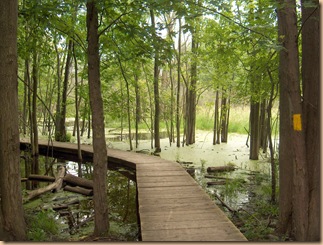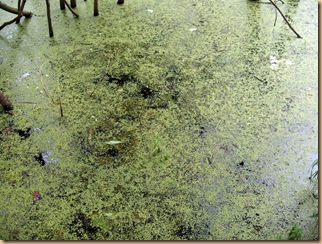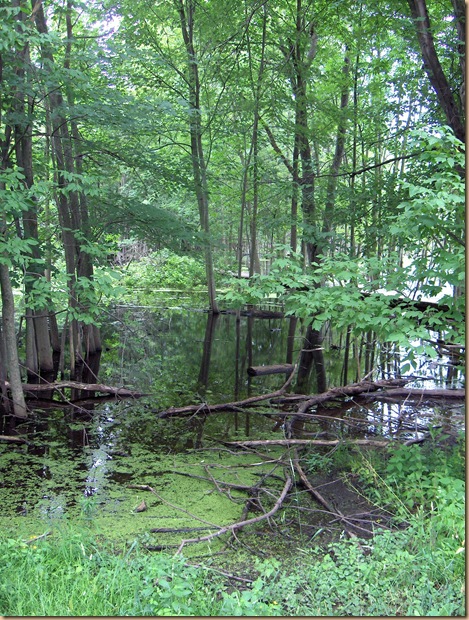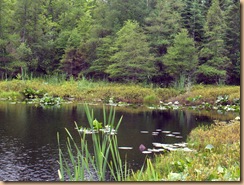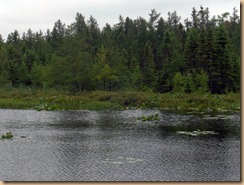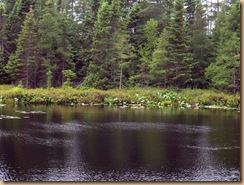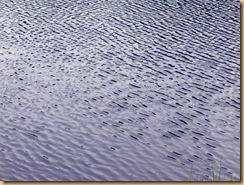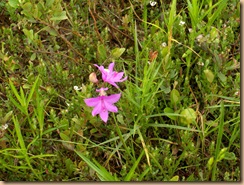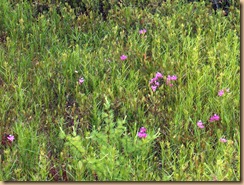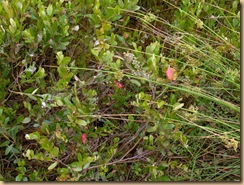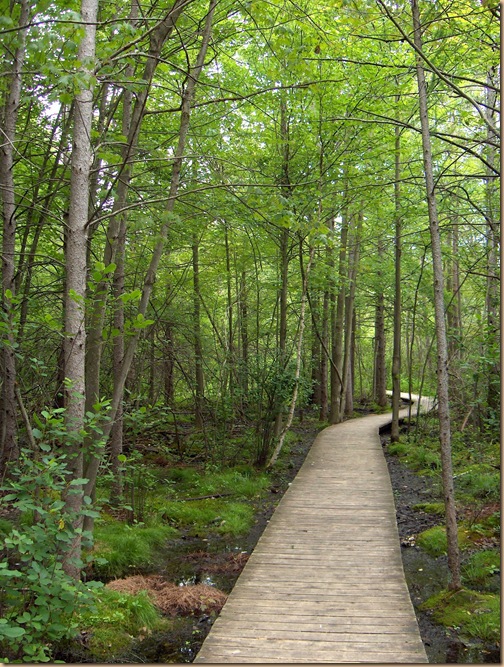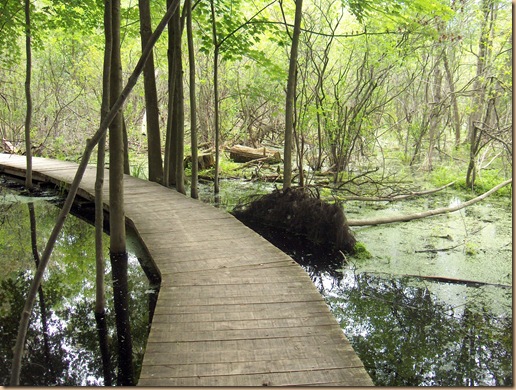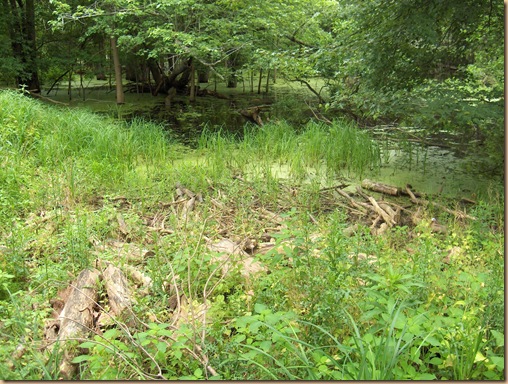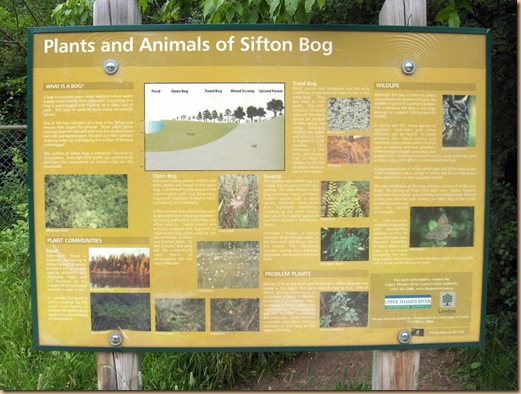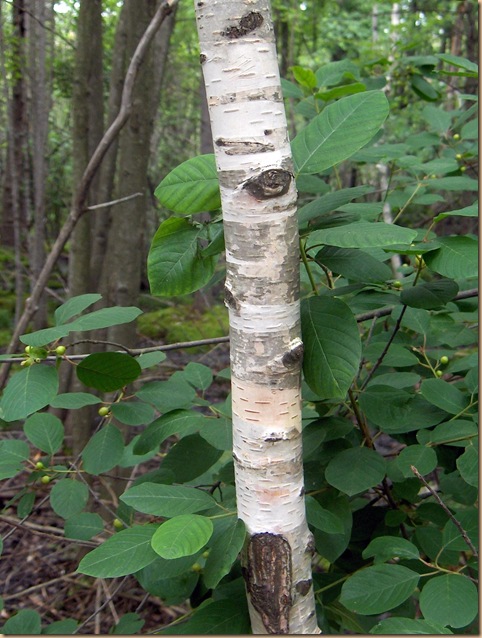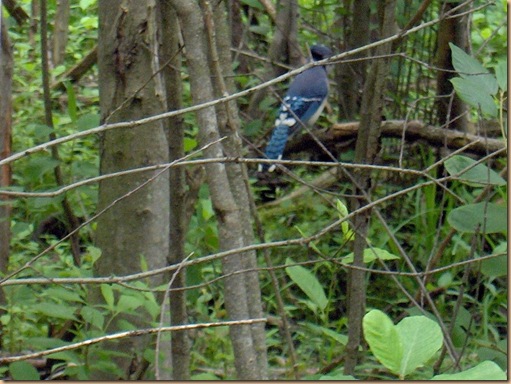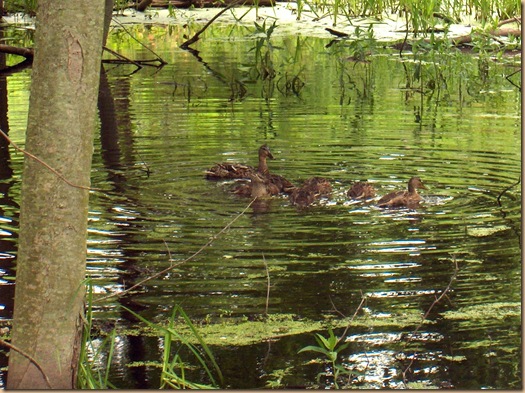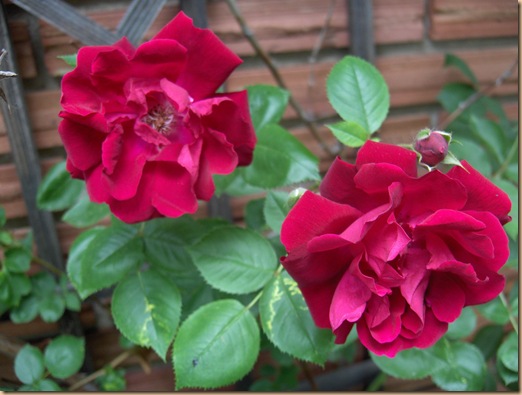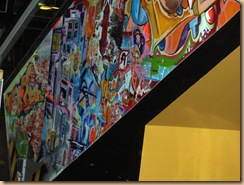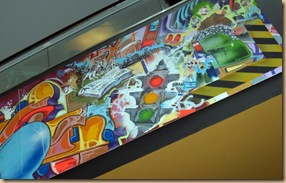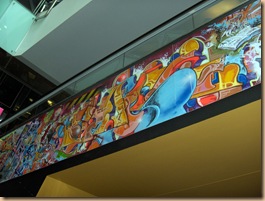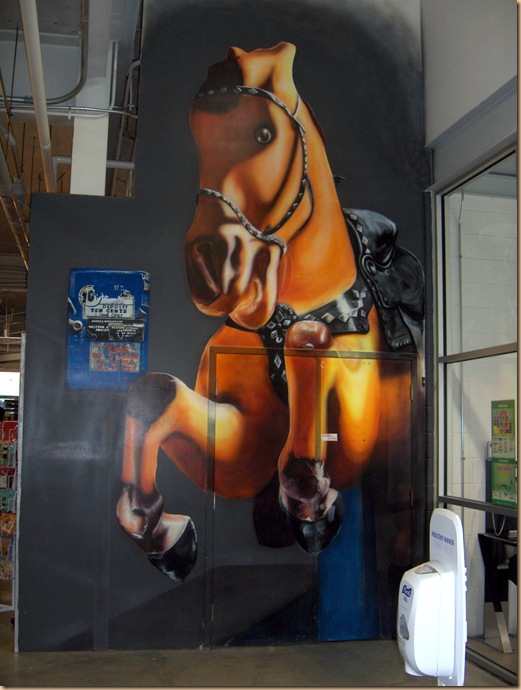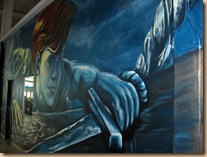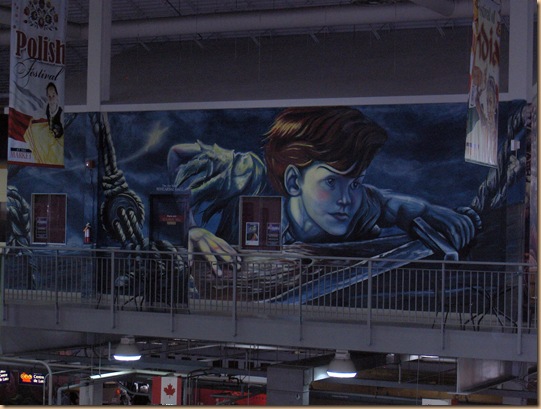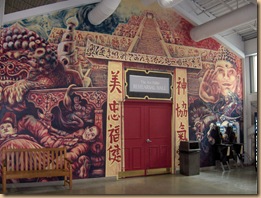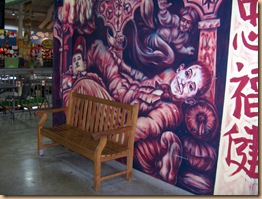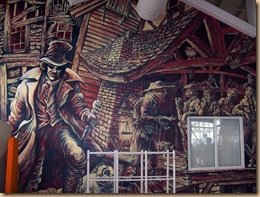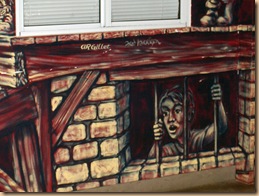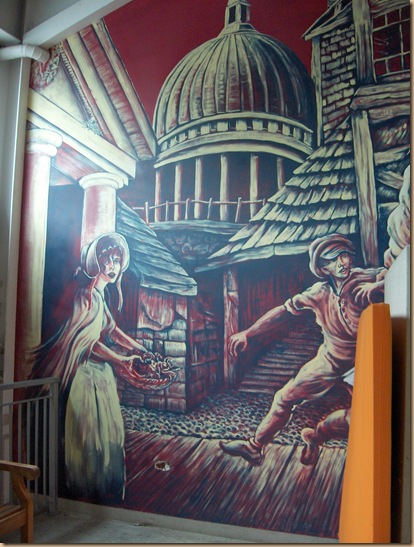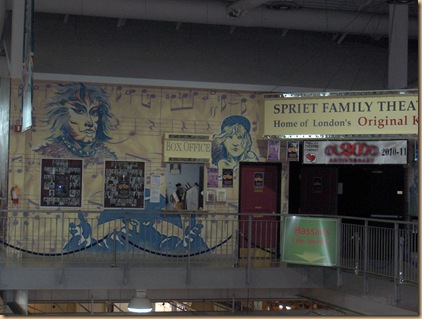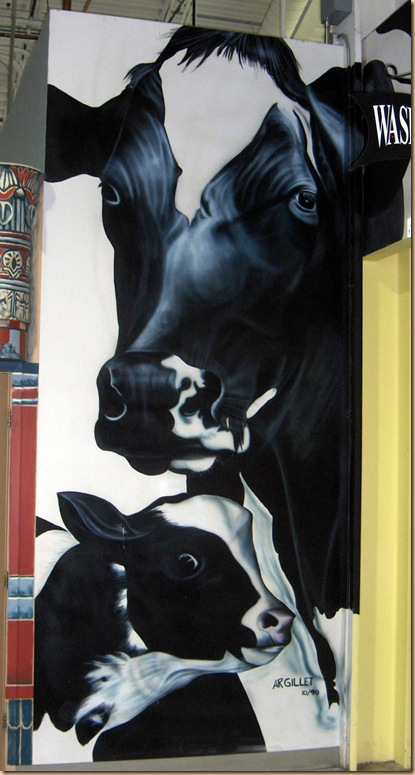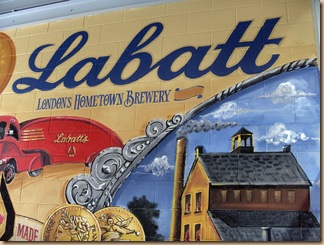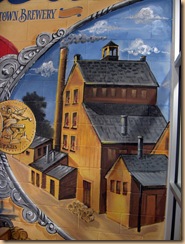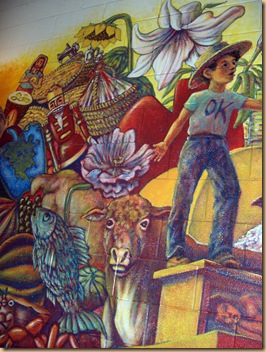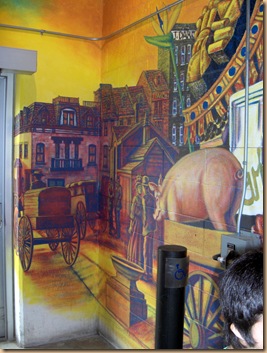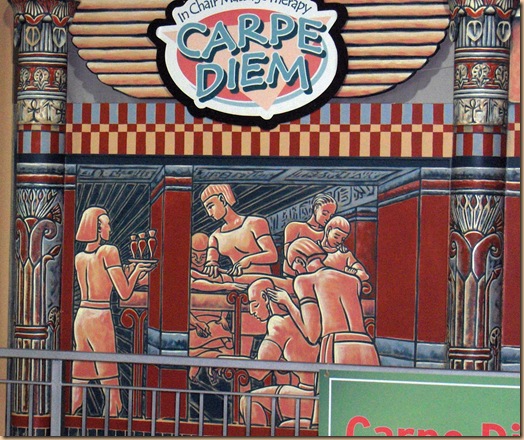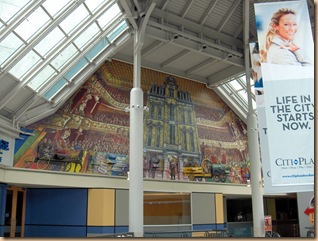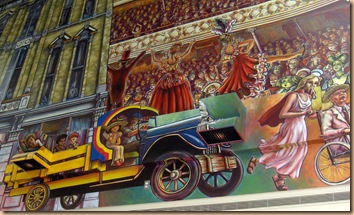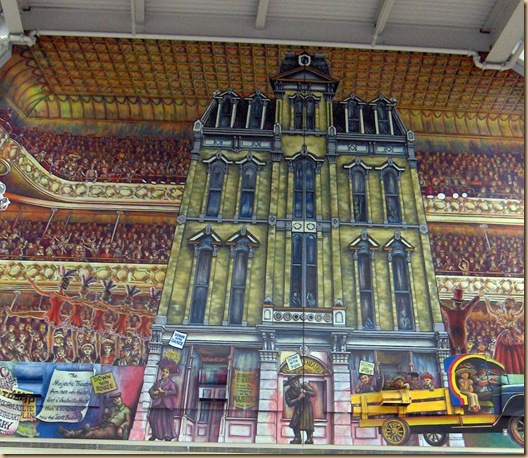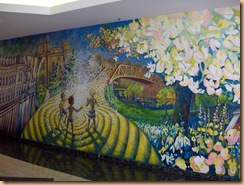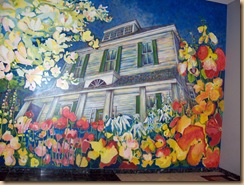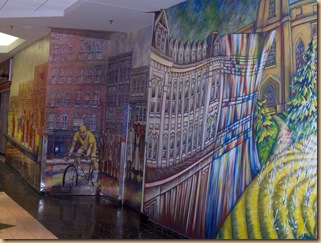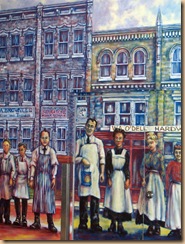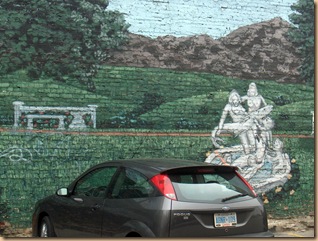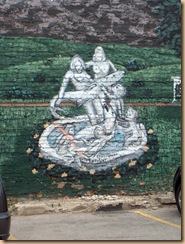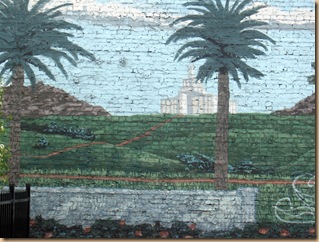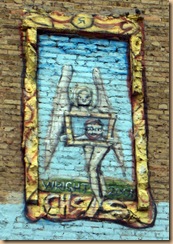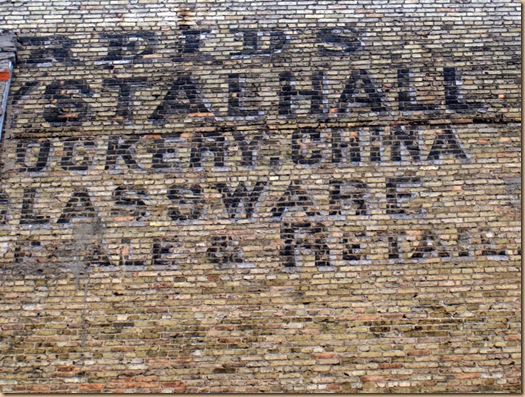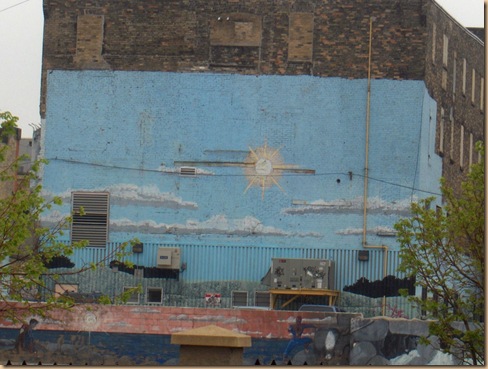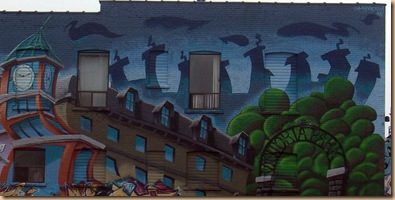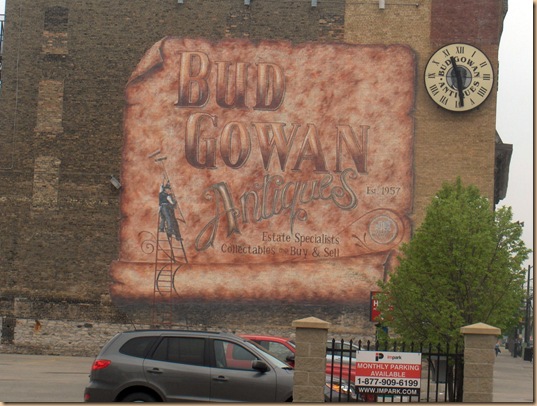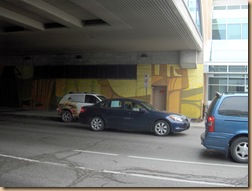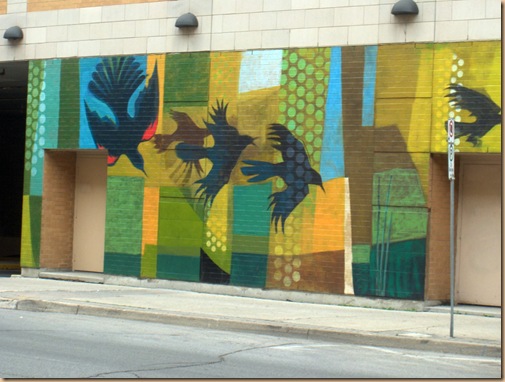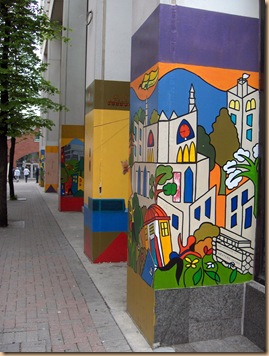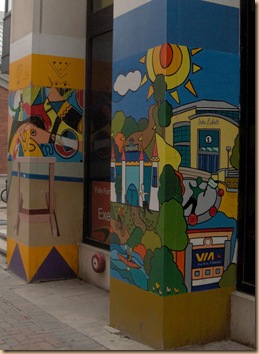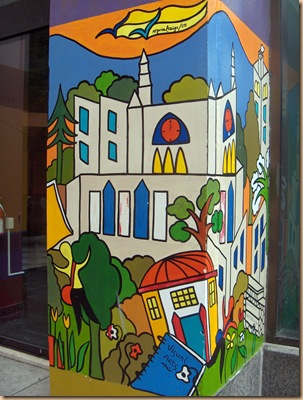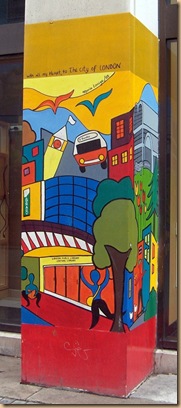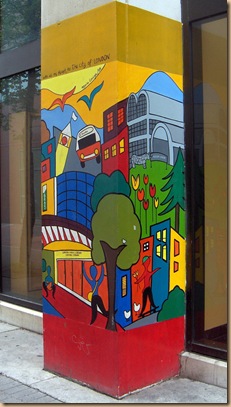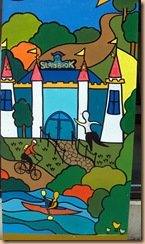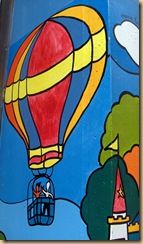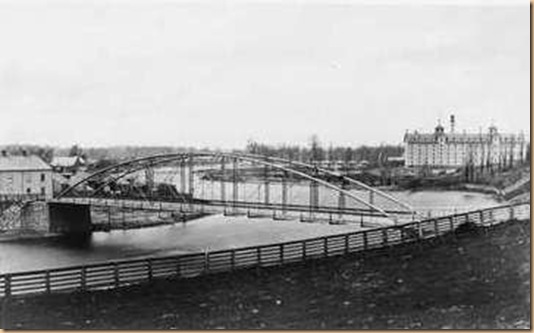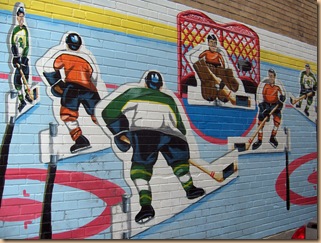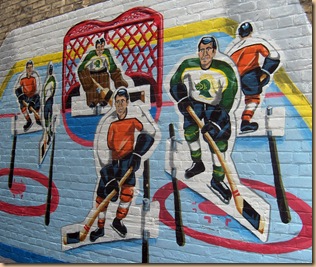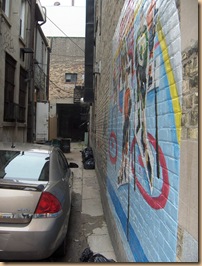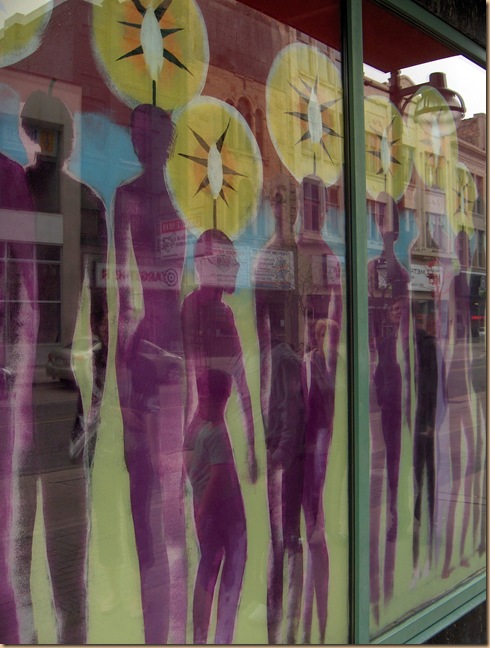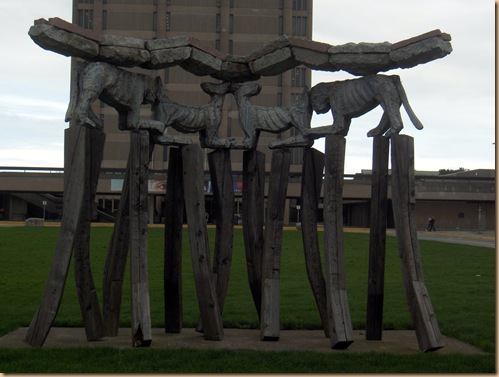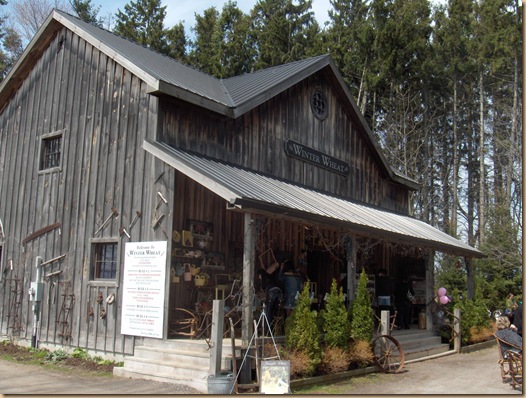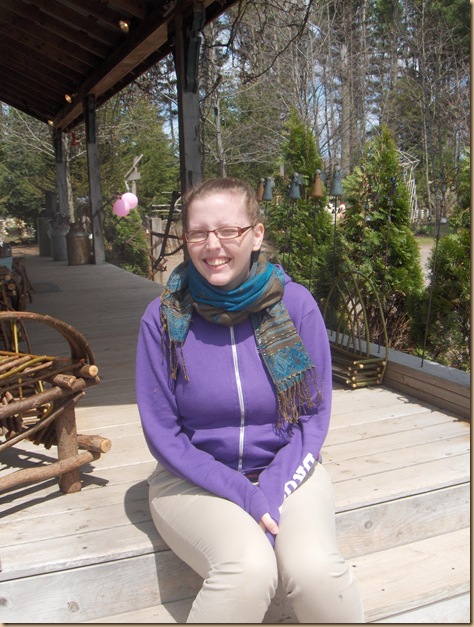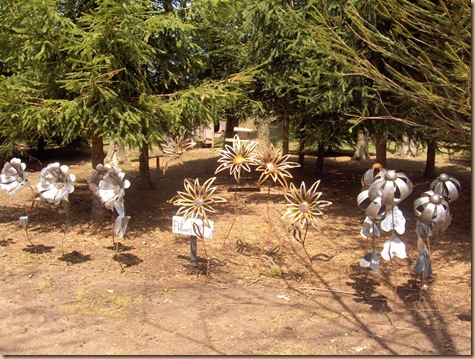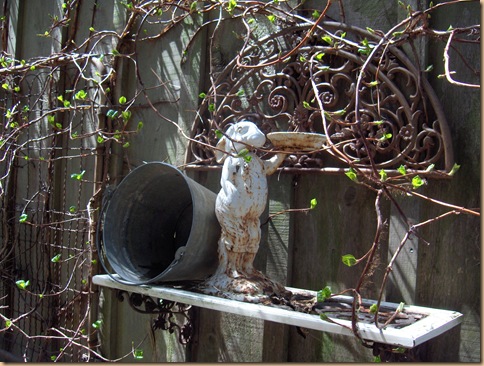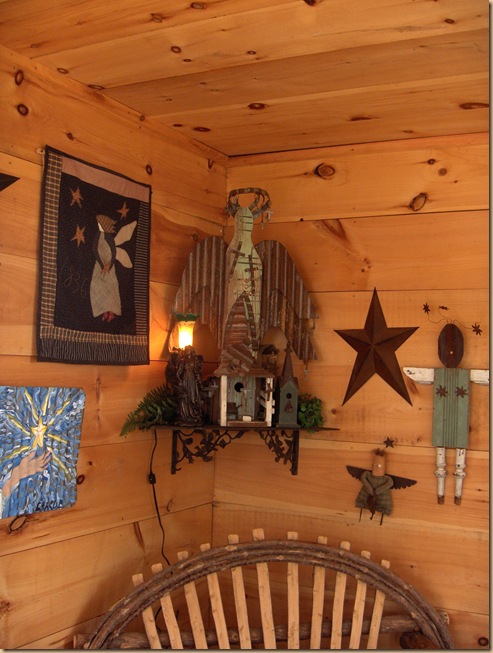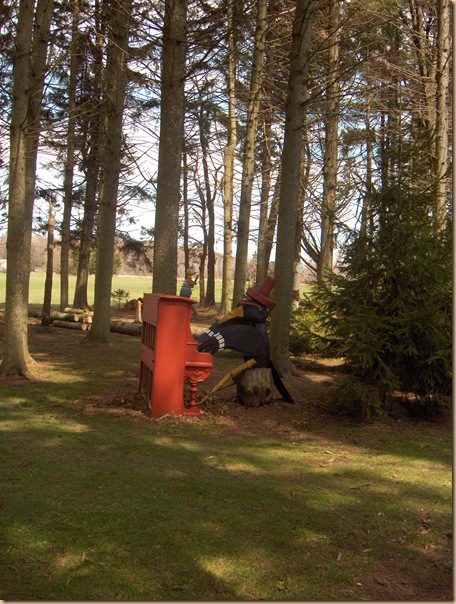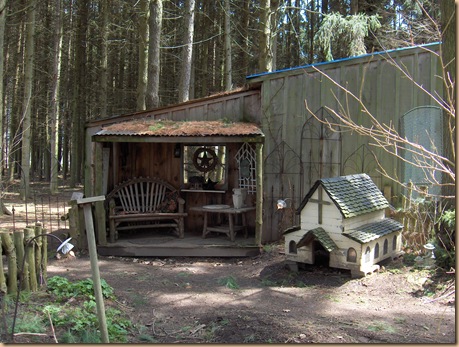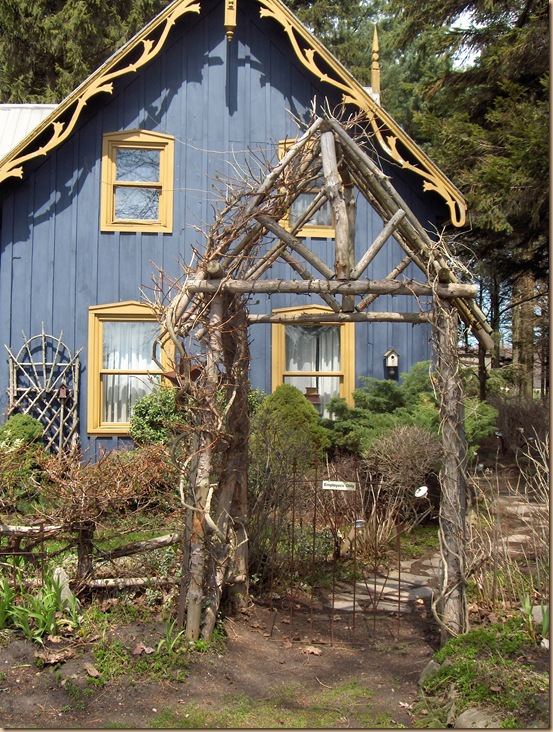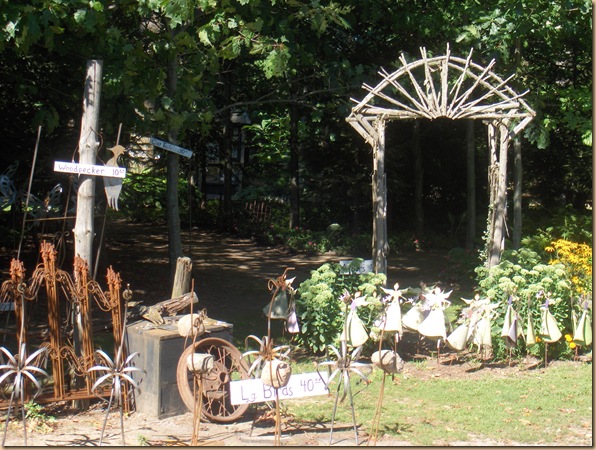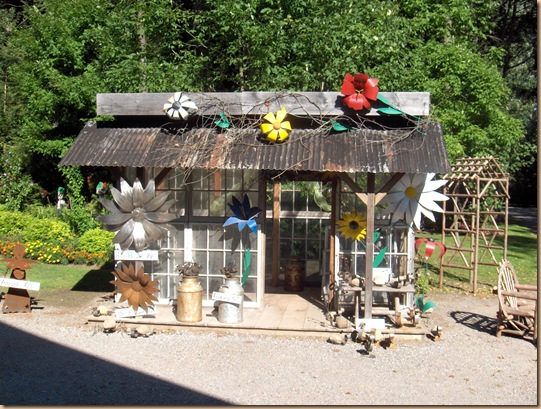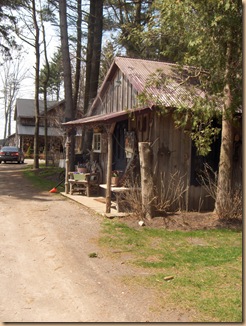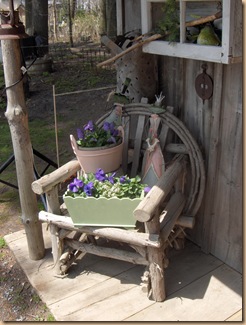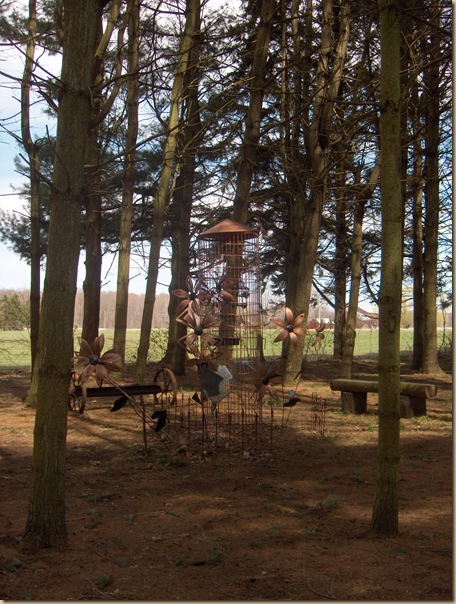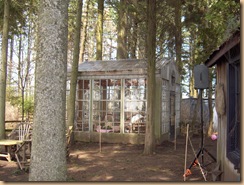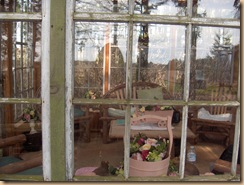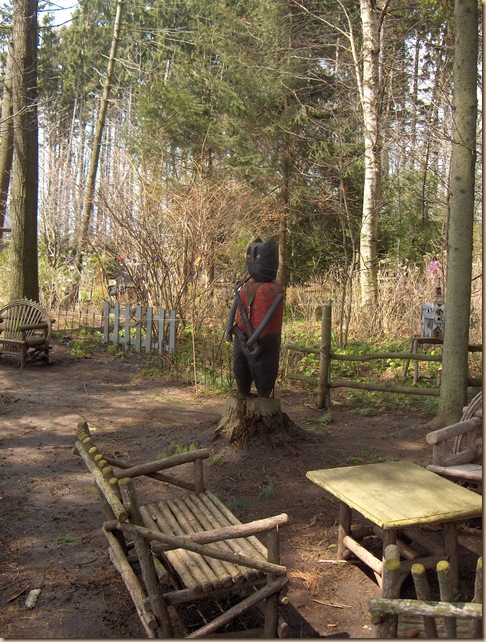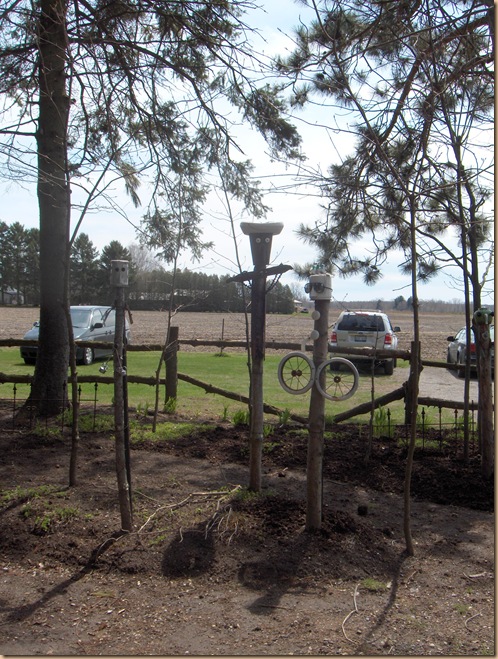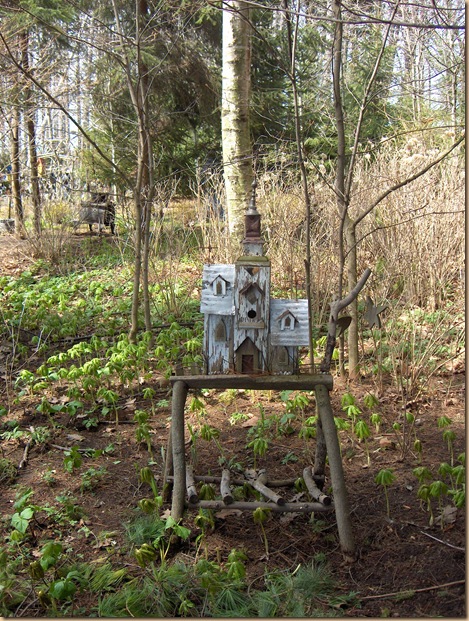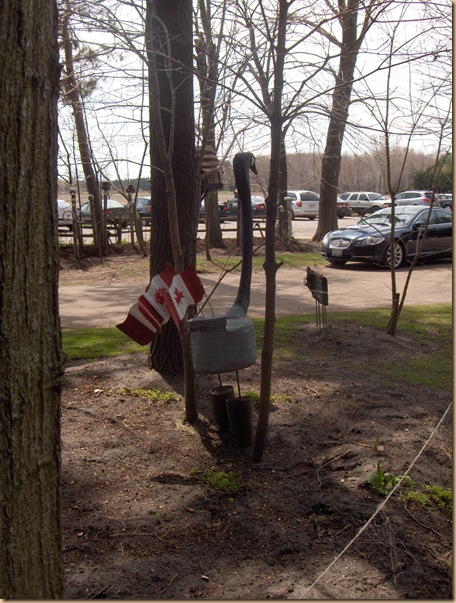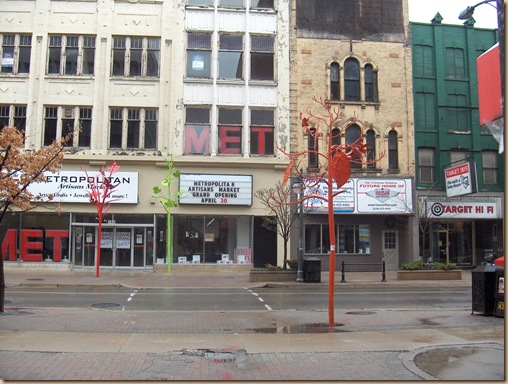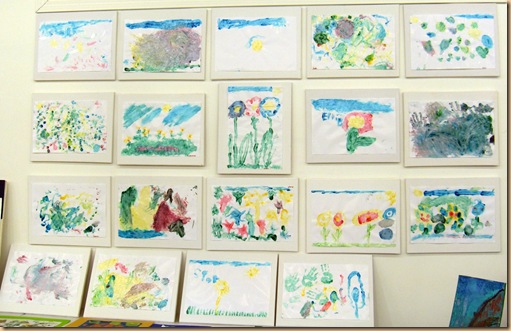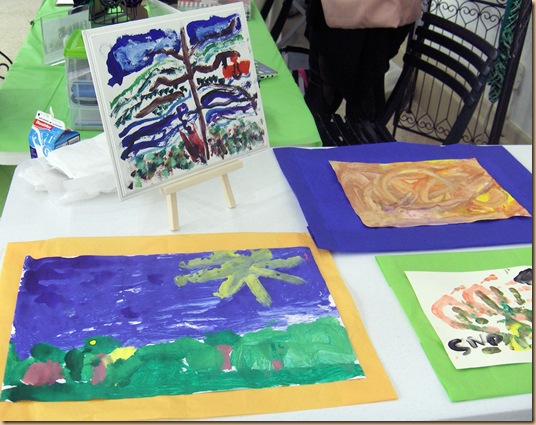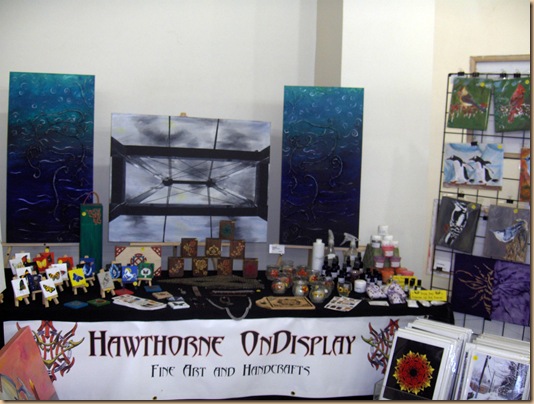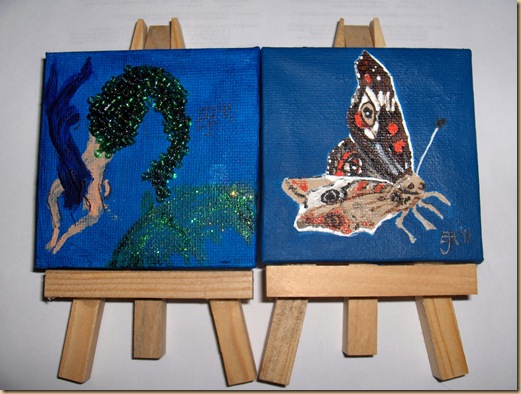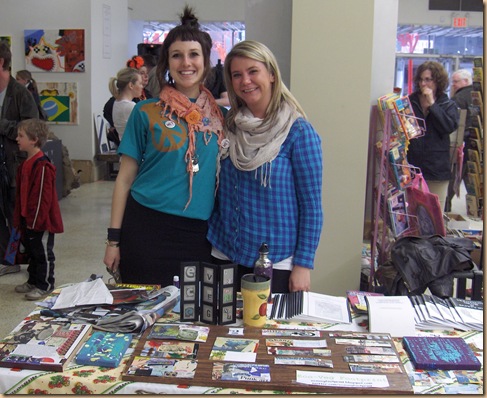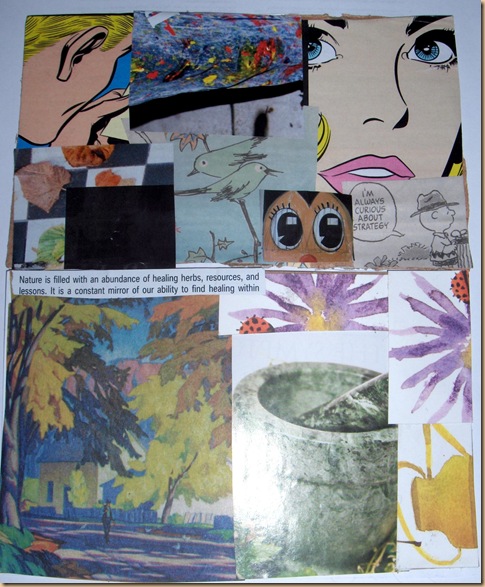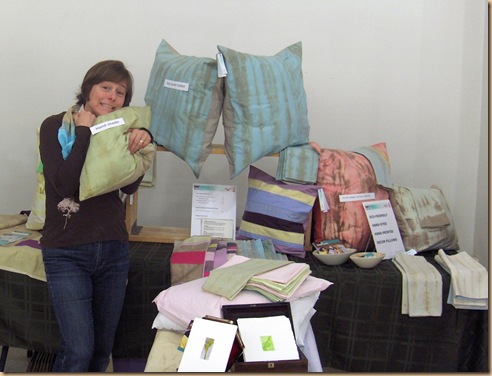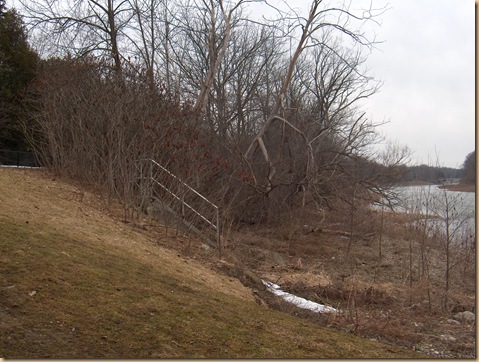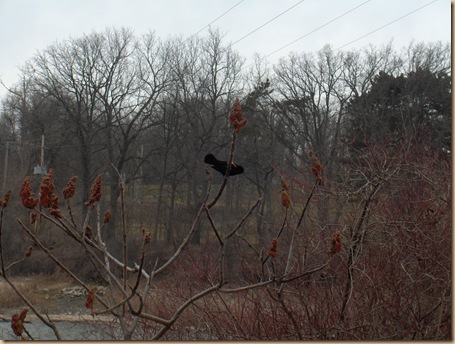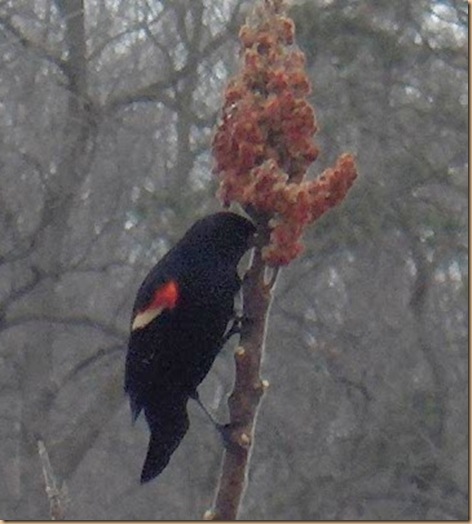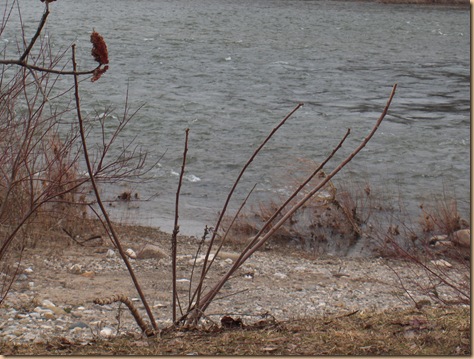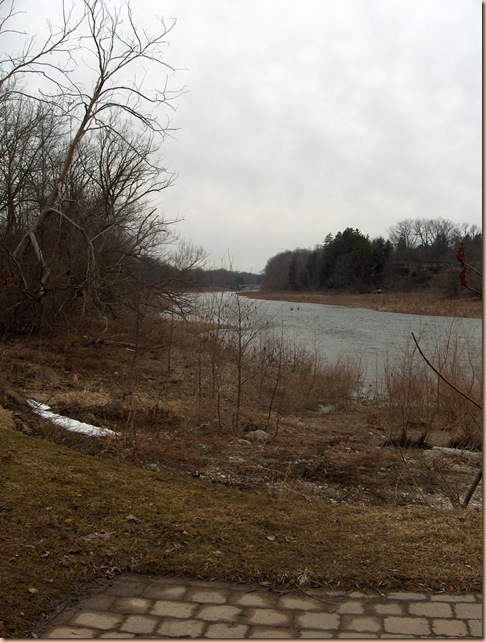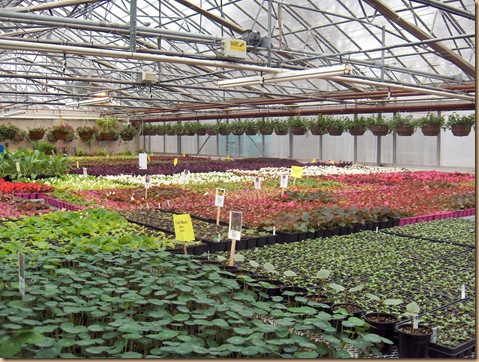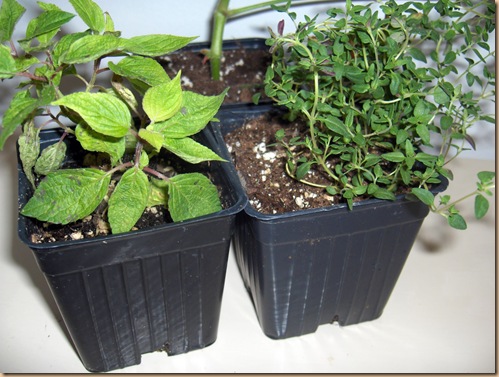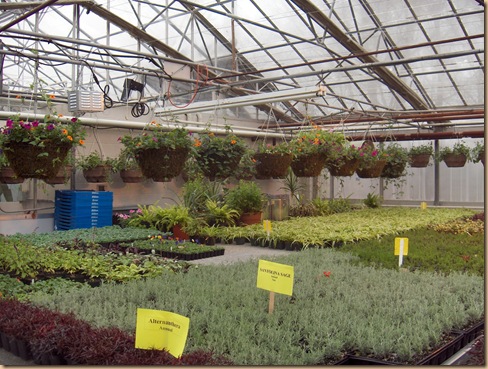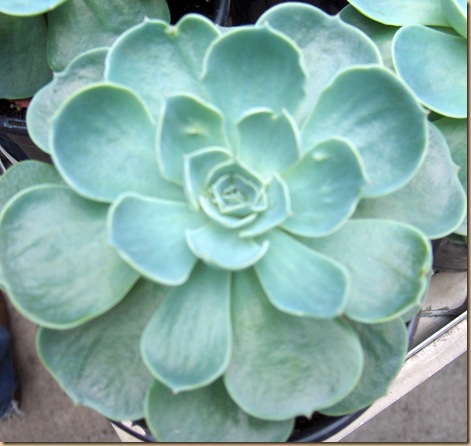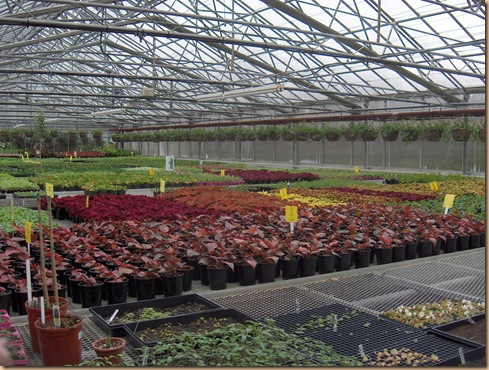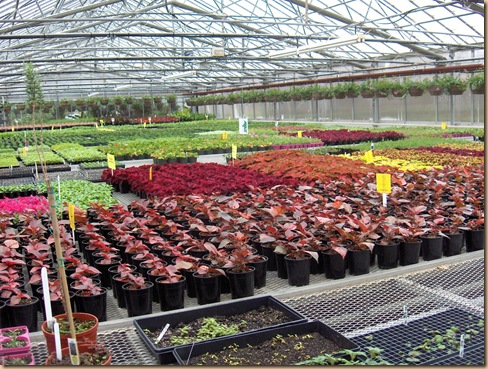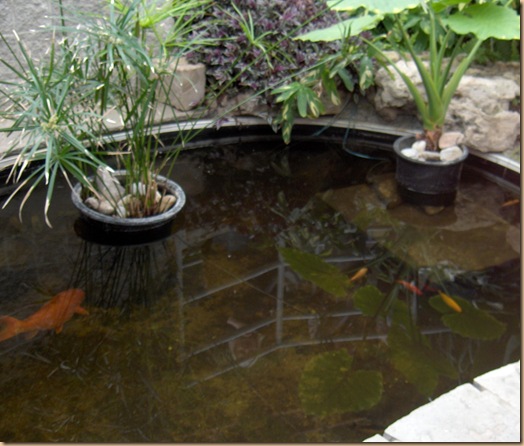This is where I went for my morning walk today:
The Sifton Bog is considered an Environmentally Significant Area within the city of London, Ontario. It is jointly owned by the Upper Thames River Conservation Authority (30 hectares), the City of London (10 hectares), and private landowners (10 hectares) for a total of 50 hectares (124 acres).
The portions owned by the UTRCA and the city contain a boardwalk and hiking trails open to the general public. Here is a map showing the 2.5 km (about a mile and a half) of trails including a 370 metre long boardwalk that leads out to Redmond’s Pond in the centre of the bog: http://www.thamesriver.on.ca/wetlands_and_Natural_Areas/sifton_map.htm
The bog is the southern-most acidic bog in Canada and is considered a Class 2 wetland. For explanation of the classifications, check out this link: http://www.tompkins-co.org/planning/nri/html_pages/DECWetlands.htm
What’s really interesting and significant about the Sifton Bog area is that it is a floating acid bog that bears the qualities of boreal plant life that one would normally only find in more northern climates but yet it’s surrounded by deciduous swamps and Carolinian forests that you would normally find in our more southern location. As I once read, at the bog you can experience changes in vegetation in a 10 minute walk that would normally require travelling hundreds of miles.
The bog was first discovered by naturalists in the 1870s and has had an interesting journey through history. In the 1900s, some tried to drain the bog so that they could grow celery there, there was a period of time in which they harvested the peat from the bog, and at one time, some of the Black Spruce trees were sold for Christmas trees.
During World War I, sphagnum moss was mined from the bog as an alternative to cotton gauze and donated to the war effort. During World War II, Alder Buckthorn was harvested from the bog and again donated to the war effort to produce gunpowder.
In 1957 a movement was initiated to preserve the bog as a significant natural area. In 1967 the bog’s name was changed from the Byron Bog to the Sifton Bog when the Sifton Construction Company donated their 30 hectares to the Upper Thames River Conservation Authority.
The bog was caused by the effects of glaciation. When a block of ice broke off of a glacier and then melted, it left behind a depression with no drainage. Redmond’s Pond is 0.2 hectares in size; what’s left of a 23 hectare body of water which has been filled in with peat over the last 10000 years. The pond is less than 5 feet deep but the peat layer in areas around the pond has been measured at 60 feet.
This means that today when I nearly fell in, it would have been better to fall into the pond section rather than the peat area where I was. (ps – trying to step OFF of the boardwalk to get closer to the subject you’re photographing is not such a great idea even if the peat layer is so thick that it looks solid!)
Since it’s cool and lacking in oxygen, dead plants sank to the bottom of the pond and didn’t decompose fully. So, they become compressed into peat and eventually, the peat forms into a mat that partially floats. Over the years it has become bigger, creeping in from the outer areas of the bog towards the centre of the pond.
Plant life in and around the bog include: Water Lilies, Leatherleaf, Small Cranberry, Black Huckleberry, Highbush Blueberry, Orchids, Southern Pond Lily, Duckweed, and carnivorous plants such as the Pitcher Plant and Sundew.
Around the bog, Black Spruce, Tamarack, Red and Silver Maple, Black Cherry, Sugar Maple, White Pine, and White Birch trees grow.
Animal life in and around the bog include: many kinds of birds such as warblers, sparrows, winter finches, Blue Jays, Great Horned owls and water fowl such as Canada Geese and a variety of ducks; raccoons, gray squirrels, Eastern chipmunk, 6 varieties of frogs including green, gray treefrogs, spring peepers, leopard, chorus, and wood frogs, painted and snapping turtles, some very uncommon butterflies like the Bog Copper and the Bog Elfin, dragonflies, damselflies, mice, voles, rabbits, a large population of white-tailed deer, and even some coyotes on occasion. A few years ago, a bear was found in the neighbourhood around the bog – the first known bear sighting here in London.



